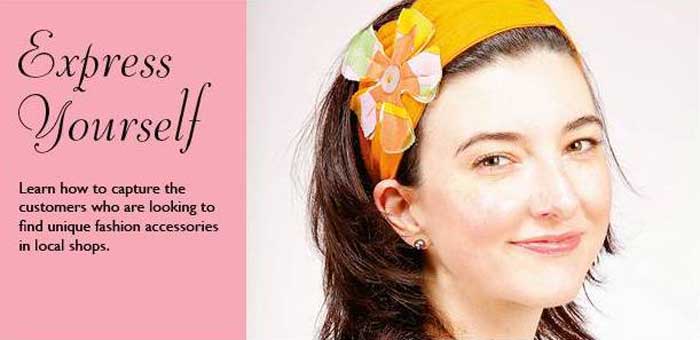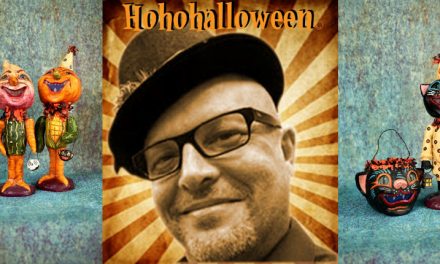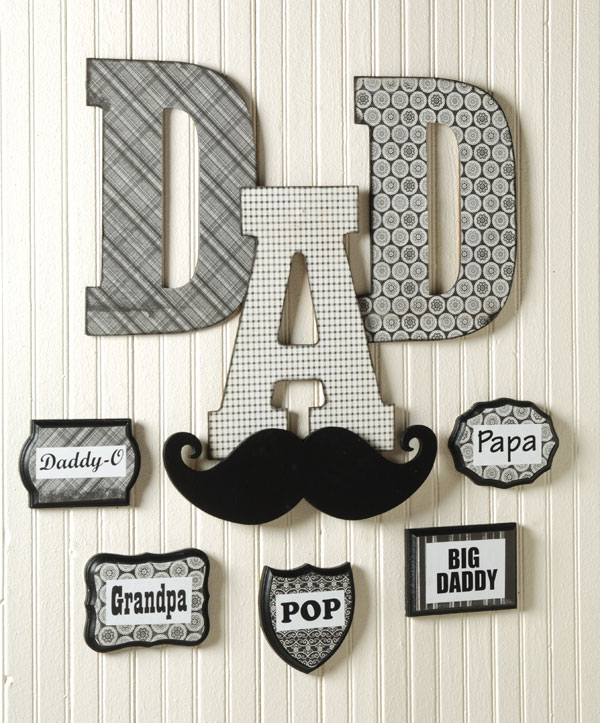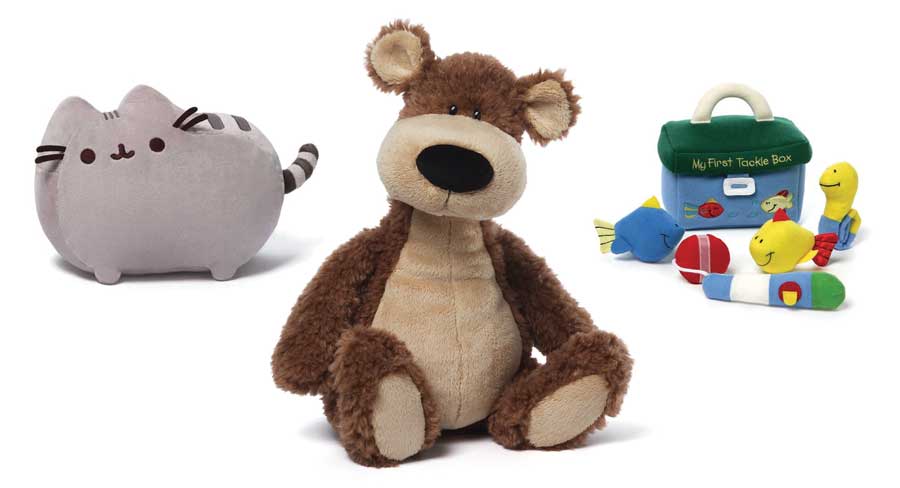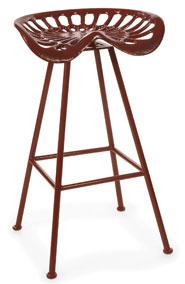Fashion designer Coco Chanel once said, “In order to be irreplaceable, one must always be different.” That mind-set is driving sales of women’s accessories and jewelry nationwide. Gift store customers can’t seem to get enough of scarves, tote bags and jewelry—items they used to buy at department stores.
And the sales figures support this. Fashion accessories boasted a 5 percent sales increase in 2012 (on top of a 4 percent increase in 2011), and according to the 2012 Annual Census Report, a joint study by Accessories magazine and the NPD Group, Inc., projected sales of women’s accessories in the United States are expected to exceed $32 billion in 2013. Those are numbers that should make any gift retailer take notice.
So why do women buy these items at gift stores? The answer is self-expression. A woman who seeks out a certain look or a specific handbag or jewelry type can find the style she wants at her favorite local shop and know that she’s going to find something different than what the larger stores carry.
D. Millar, director of planning at Brighton Collectibles (www.brighton.com), points out, “With a regular fashion retailer, items are gone in a season. Since we are collection-driven from head to toe, we can carry stories and themes across lines from season to season.” That bodes well for specialty retailers. Storeowners who start out with just handbags find that adding flip-flops and belts for returning customers makes cash registers ring. Once a customer is sold on a particular collection or look, she will return to the store where she fell in love with that design.
Why Fashion Is Hot
The popularity of accessories is no surprise to Pam Hammond, owner of the Ashland, Oregon, emporium Paddington Station. A former apparel buyer in Los Angeles, Hammond knew she wanted to add “gift-oriented” clothing to Paddington Station from the day she took charge. And her instinct proved correct—strong jewelry and accessories sales prompted her to open a second shop, The Paddington Jewel Box, last July. Located just down the street from Paddington Station, this new venture gives Hammond an additional 2,000 square feet of retail space where she can feature upscale home decor, jewelry and women’s fashion accessories.
Keeping up with what interests customers is almost a full-time job for Hammond. She reads a dozen fashion industry periodicals a month and thus knows in advance what shoppers will be asking for, whether it’s a hot color or a popular icon, such as cupcakes or mustaches. “Women love to look at new stuff. I don’t buy any basics—only fashion-impulse items,” she notes.
Hammond’s customers tend to buy clothing items or handbags for themselves and scarves as gifts for friends and family. And at relatively low price points, customers will often buy multiple jewelry pieces in a single store visit. “One for yourself, one as a gift,” she explains.
April McCrumb, owner of Catching Fireflies, which has several locations in Michigan, acknowledges the popularity of jewelry (“bead necklaces are hot right now”) and says that scarves, especially in the $20 to $25 range, are a popular gift item. “You can buy one for your grandma or your babysitter,” she says. “It’s not as personal as jewelry.” She also stocks up on hats when spring rolls around.
Because she makes and sells her own line of jewelry, Jan Scully of Raspberries in Dunedin, Florida, felt it was only natural to branch out to accessories. And, she doesn’t think it’s a big secret why women choose gift stores rather than big-box retailers for their accessory needs.
“Every market’s different, and a gift store can respond to customers’ regional tastes,” Scully explains. “A national retailer only knows what’s the top seller overall, and that’s what they stock. But tastes differ across the country, even from south Florida to central Florida.”
What Trends to Carry
Keeping ahead of fashion trends may seem like a daunting prospect, but vendors and retailers alike see some consistent looks that you can count on for good sales.
Paige Henkel of Mud Pie (www.mud-pie.com) anticipates jewel tones, such as emerald green, sapphire blue, ruby red and purple, to predominate in the coming months. Brighton’s Millar also sees a demand for rich colors but in more muted spice tones, such as saffron, cinnamon, and paprika. Jewelry pieces made of rock elements are the perfect complement to these opulent hues: The little variations and flaws in the rocks, says Millar, are another example of customers getting that one-of-a-kind look they desire.
When it comes to patterns, Henkel sees strong interest in tortoiseshell, stripes and equestrian motifs. Animal prints remain hot on both handbags and clothing. In fact, Dan Lach, spokesperson for Red Carpet Studios/All Jazzed Up (www.rcsgifts.com/allJazzedUp.htm), notes that whereas animal prints were previously a fall and winter look, women are now wearing these wild patterns all year long. He also advises keeping “hippie type” merchandise—complete with flowers and peace signs—on store shelves.
Both trendy natural fibers and reliable synthetics are also finding an audience. Lach says his company recently introduced wool-felt clutches and “green” paper-straw tote bags because when it comes to handbags, customers are often drawn to the look rather than the product category.
Responding to customer demands, scarves also span the texture and fiber spectrum, from cotton handmade in Nepal to metallic and Lurex embellished with sequins. “Man-made fibers are so good nowadays,” Lach says. “They have a good hand, fall nicely and are not too hot [to wear all year long].” He adds that scarf jewelry and charms are another way that women can personalize their look and add visual “texture” to their everyday ensembles. And, retailers find these small accessory pieces to be an attractive impulse-purchase item.
“You have to keep ahead of trends because customers certainly are,” points out Lori George, owner of The Prairie Rose in Ponca City, Oklahoma. She finds that the hottest trends can be fashionable fibers, motifs such as owls, or just changing seasonal needs.
“Scarves used to be only for winter, but now they’re seen year-round, with women wearing scarves in the summertime around the neck or casually as belts,” George observes. When warm weather hits, she also brings out colorful sun visors.
Susan Davis, owner and designer at Grandmother’s Buttons (www.grand mothersbuttons.com), creates jewelry from antique and vintage buttons and has been in a unique position to observe jewelry trends during the past 25 years. When she started out, she sold her jewelry to gift stores that carried a little bit of jewelry but lots of collectibles such as Precious Moments. As the popularity of jewelry increased in the early ’90s and 2000s, Davis encountered competition from relatively inexpensive imported jewelry. That picture has changed now.
“Today, there is still overseas jewelry” she says, “but customers want to know, for example, that it’s made by a women’s cooperative and that it’s helping women.” On the domestic side, customers want to know the story of the jewelry and who made it. “Anything handmade is desirable. It has to have an intrinsic value, not just look good,” she says.
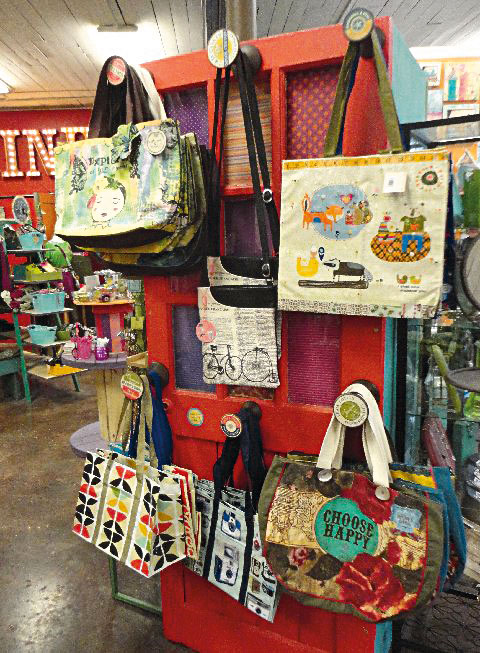 How to Promote
for Success
How to Promote
for Success
Offering a unique and trending blend of fashion accessories is key for successful sales, but strong marketing is what brings in the shoppers.
At Raspberries, Scully finds that customers flock to the store when uses Facebook to promote sales of retired merchandise from popular lines such as Vera Bradley and Brighton. When customers browse the sale items, she encourages them to look at coordinating merchandise. A scarf on sale can be paired with a scarf charm; a marked-down tote can be sold with a full-price clutch.
The Prairie Rose keeps its fashion customers engaged by holding twice-yearly Girls’ Night Out events (called Dames Downtown) in Ponca City, where customers who bring gently worn used clothing and accessories are entered into a drawing to win clothing prizes. Donated goods are taken to a local women’s shelter. With other local stores, George also participated in Food, Fashion, & Fun, a ticketed fashion show featuring merchandise from her store.
To enhance fashion-minded sales, many vendors have begun offering product line expansions that extend the fashion trend to include “meaningful product.” Mud Pie’s Henkel says these types of products often include a variety of stylish accessories, such as can cozies, sunglass cases, cooler totes and the like.
When displaying jewelry and fashion accessories, Henkel advises storeowners to create groupings that feature a consistent, eye-catching design element but include a variety of sizes and price points. “The product not only creates an interesting visual display, but it also has a wide range of appeal for consumers on any budget,” she emphasizes.
“Gift shops had to get creative,” notes Lach of Red Carpet Studios/All Jazzed Up. “With accessories and jewelry, a customer feels she’s buying a gift that’s useful … but, clearly, many women are buying for themselves, too.” Make a point to listen to your customers, watch the current trends, and soon enough, you’ll be expressing yourself in strong sales.
Retailers’ Best Fashion Display Ideas
• At Paddington Station, scarves are displayed on coatracks and room dividers so that customers can touch the fabrics and remove the scarves to examine them. Though this is a customer-friendly approach, owner Pam Hammond emphasizes that store employees must work hard to keep the displays looking tidy.
• April McCrumb of Catching Fireflies drapes scarves and bags over reproduction textile spools attached to colorful old doors. Chairs fastened to the wall are used to display hats on metal hat stands (on the seats) and scarves (hanging from the front rails). Scarves are also thrown loosely over coatracks with informative “how to tie” instructions nearby.
• The Prairie Rose’s Lori George believes that “displays sell it all and help tell customers the story of how things can be worn.” She’s a big fan of the traditional mannequin, which brings together a T-shirt, scarf and hat in a single, coordinated look.
• Raspberries’ Jan Scully loves to give customers ideas for how to use apparel items for non-apparel uses. She’s tied scarves around lamp shades and tucked beach towels into tote bags—inspiring one recent customer to place her guest towels in a tote bag at home.
Retailers’ Top Tips for Jewelry Displays
• For displaying bracelets, Pam Hammond of Paddington Station buys inexpensive bowls at Goodwill stores and spray paints them a consistent color. The differing bowls lend a variety of sizes, shapes and textures, while a single hue ties them all together. Hammond also likes to attach cup hooks to open hutches for displaying necklaces. She emphasizes, however, that you must have a good source of light near or in the hutch to highlight the jewelry.
• At Catching Fireflies, April McCrumb hangs necklaces from brightly colored office clipboards attached to equally colorful end-cap shelving.
• Jewelry is shown both in display cases and on tables at The Prairie Rose; however, owner Lori George admits that jewelry always sells better on tables.
• At Grandmother’s Buttons’ retail store, all displays emphasize the vintage look of the jewelry. Earrings are displayed on an artist’s palette, old bike seats hung vertically act as amusing busts for displaying necklaces, and a traditional velvet ring tray is tucked into an old cigar tin.
• And retailers’ number-one tip for displaying any fashion accessories? Make sure there’s a mirror nearby so customers can check out their new look.


